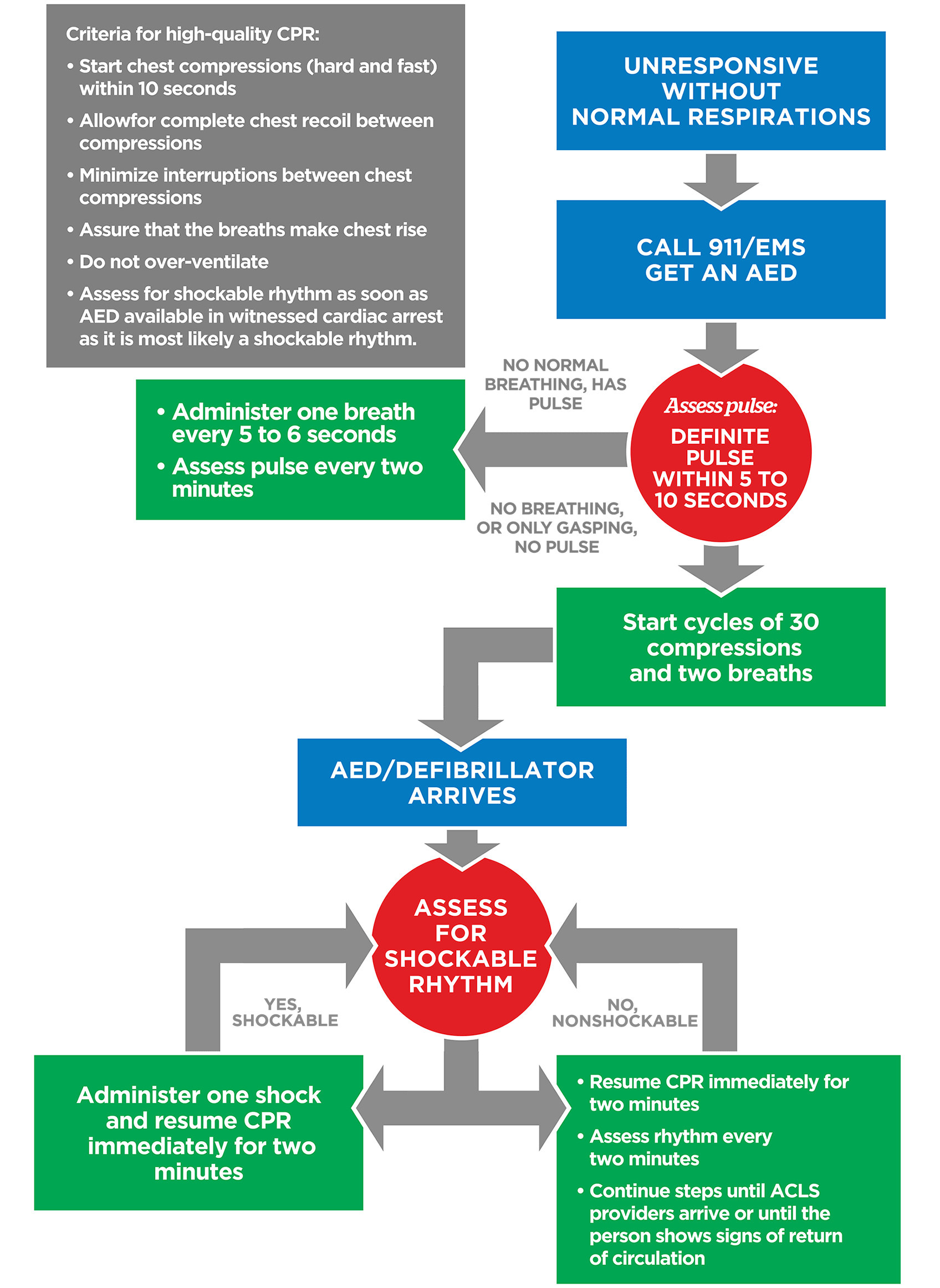Adult Basic Life Support (BLS) Algorithm
For anyone who might face emergencies involving adults, understanding the Adult BLS algorithm is crucial. This includes health care professionals, workplace safety officers, or anyone who wants to be prepared to respond effectively in life-threatening scenarios.
This algorithm is an in-depth guide to the critical steps and procedures you will need to undertake during an emergency response, improving your readiness to provide life-saving care in real-life scenarios.
What is the Adult BLS Algorithm?
The adult BLS algorithm involves sequenced life-saving actions directed toward assisting adults in emergencies, particularly in cases of cardiac arrest. These easy-to-understand steps are designed to be simple but crucial, empowering individuals with the required knowledge to take swift action that can significantly improve survival rates.
Adult BLS Algorithm

Key Steps of the Adult BLS Algorithm
1. Initial Assessment
2. Ensure High-Quality CPR
3. Assess Circulation
4. AED Advanced Care
The adult BLS algorithm helps to prepare you in the case of an emergency involving adult patients. Regular training and up-to-date certification can prepare you for emergencies in which you must respond quickly.
Make sure you are prepared to save lives in an emergency. Obtaining the right skills through an adult BLS certification can be a life-saving advantage. Visit our BLS certification page below to learn more about our courses and getting certified.
